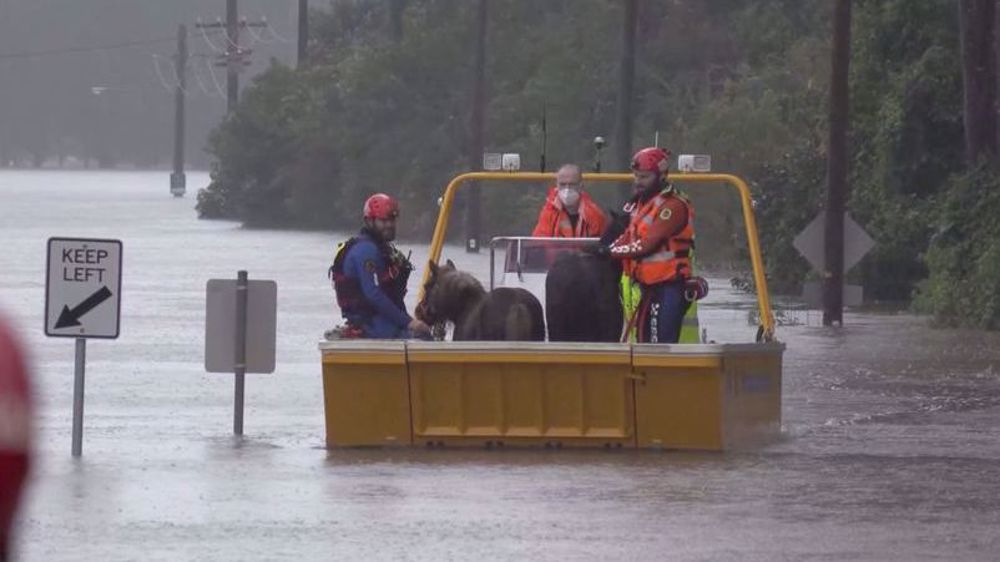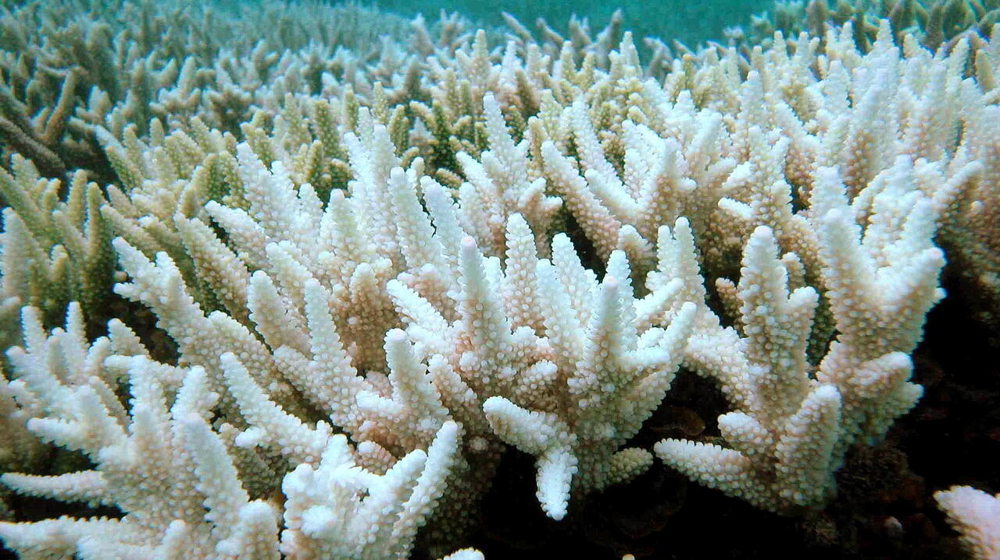Tens of thousands told to evacuate as floods batter Australia's largest city
Thousands of people have been asked to evacuate their homes as torrential rains and floods hit Australia's east coast for the third time this year.
Widespread flooding across the country - driven by a La Niña weather pattern - has killed more than 20 people this year so far, many in New South Wales, which lies on the east coast of Australia.
The state has been hit by unprecedented rains in recent days, causing dams to overflow and waterways to break their banks, according to reports, citing local emergency officials.
Some areas of NSW have seen 800mm of rain in four days, as per Australia’s bureau of meteorology, three times more than the average rainfall Greater London receives in a year.
Parts of Sydney, the capital of NSW and Australia's largest city, have received about eight months of rain in four days.
Although the downpour is expected to begin easing in Sydney on Tuesday, but officials have cautioned that the emergency is “far from over”.
“This event is far from over. Please don’t be complacent, wherever you are. Please be careful when you’re driving on our roads. There is still a substantial risk for flash flooding across our state,” said NSW premier Dominic Perrottet.
Emergency response teams made 100 rescues overnight and Australian authorities promised that defense personnel will be deployed to flood-hit areas.
"We're asking people across Sydney today to please stay at home unless you really need to leave the house," said state emergency management minister Steph Cooke.
The bureau of meteorology said the wild storm cell is likely to ease in Sydney from Tuesday but the risk of flooding could remain through the week with most river catchments already near capacity even before the latest deluge.
Major flooding is taking place in Sydney's west, its third and most severe flood this year, according to the country’s weather bureau.
Winds up to 90 km per hour (56 miles per hour) are also forecast in several flood-hit places, raising the risk of falling trees and power lines.
Australia has been at the sharp end of climate change with extreme weather including downpours, droughts, and wildfires becoming more frequent and severe as global weather patterns change.
Prime Minister Anthony Albanese on his recent foreign trips has insisted that the country now takes climate change seriously.
"Every leader who I've met over recent days has indicated a welcoming of Australia's changed position," Albanese told reporters on Friday after meeting OECD leaders in Paris.
In a six-point plan presented to the government, the Emergency Leaders for Climate Action (ELCA) group last month said it was "short-sighted and unsustainable" for Australia to be spending more money on disaster response and recovery than on measures to reduce the risk.

US, Japan, S Korea renew calls for ‘complete denuclearisation’ of North Korea

Indigenous rights activists rally on Australia Day to protest British colonization legacy

Colonialist’s monument toppled in Melbourne ahead of Australia Day
Over dozen settlers injured in anti-Israel operation near Haifa
Pezeshkian: Iran open to talks but won’t capitulate to bullies
VIDEO | Iran unveils advanced naval arsenal
VIDEO | Reunion of released Palestinians and their families in Khan Yunis
Kurdish leader Ocalan calls on PKK militants to end war with Turkey
Health leader warns Africa's health services at risk of 'collapse'
VIDEO | Press TV's news headlines
Iranian flotilla makes port call in India with 'friendship message'










 This makes it easy to access the Press TV website
This makes it easy to access the Press TV website